
Saga's Automated Assistant
What product would you like to discuss today?
Saga's Automated Assistant
Do you currently have a policy with us?
How does your policy number appear on your documents?
Many people think driving at night is safer because there’s less traffic. Even though there are fewer cars on the road, the risk of accidents goes up due to tiredness and poor visibility – a National Highways study showed 13% of deaths and serious injuries between 7pm and 6.59am in the UK were partly caused by fatigue. Driving in the dark is more dangerous, even for experienced drivers.
This guide will show you how to stay safe when driving at night. It includes tips on making sure your car is ready for the trip and advice on navigating roads in the dark.
Before you drive at night, check these things on your car:
1. Headlights: Make sure your headlights are clean and working. It's illegal to drive with broken lights, so fix any that aren't working. You can check by driving up to a garage or wall or asking someone to help.
2. Rear lights: It's also illegal to drive with broken rear lights. Check them by reversing close to a wall or garage door to see if they reflect or look at your car's reflection in a window.
3. Windows: Clean your windows, especially the front windscreen, inside and out. Dirty windows can cause glare from other cars' lights and make it hard to see. They can also steam up more easily.
4. Mirrors: Make sure your mirrors are clean for the best visibility and adjust correctly to limit glare.
"Adjust your mirrors - Most interior mirrors can be set to an anti-dazzle position. Shift the position of the mirror slightly upwards and backwards, so it is angled towards the ceiling of your car. Some cars will be equipped with anti-dazzle or auto-dimming mirrors preventing glare from cars behind you."
5. Windscreen wipers: Test your windscreen wipers to make sure they work. Look at them to ensure they're in good condition and can keep your windscreen clear.
"Clean your front and rear windscreen with good quality glass cleaner. Replace your windscreen wipers every 6-12 months or as soon as you notice streaks."
6. Tyres: Night driving can slow your reaction times, so your tyres need to be in good shape to keep your stopping distance short. Ensure your tyres have a tread depth of over 1.6mm for good grip.
7. Winter kits: Equip your car with a winter kit, including reflective warning triangles, high visibility jackets and a torch. This helps others see you if you break down.
8. Mobile phone: Make sure your phone is fully charged before driving at night. Bringing a portable battery or a car charger can give you extra peace of mind.
9. Car insurance: Ensure you have a valid car insurance policy. This gives you peace of mind, knowing you're protected if there's an accident.
If you have an older car and often drive at night, consider getting a newer one. Modern cars have daytime running lights and brighter LED or Xenon headlights, which help you see better at night.
As you get older, your eyesight can change without you noticing. This can make driving at night or in low light tricky. For example, the glare from other cars can make it hard to see road signs clearly. So, it's important to have regular eye exams. Your optician can catch early signs of conditions like cataracts, glaucoma and diabetes that can affect your driving.
It's illegal to drive if you can't read a number plate from 20.5 metres away. If you need glasses or contact lenses to see this far, make sure you wear them every time you drive, including at night.
"Ensure you have regular eye tests to check your eye health and consider wearing anti-glare glasses at night."
If you have cataracts but still meet the eyesight standard for driving, try to avoid driving at night.
Driving at night can be tricky – it’s very different to driving in the daytime. So, here are some simple tips to help you stay safe:
Another top tip for night driving is to avoid it if you're feeling tired or fatigued. Driving while tired means you'll pay less attention to the road and your reaction times will be slower.
In fact, between 10-20% of all crashes are estimated to be caused by driver fatigue. So, if you can avoid driving when you're tired, do so, and don’t start a long trip unless you’re well rested.
If you start a journey and begin to feel tired, like if your eyelids get heavy or you find it hard to concentrate, find a safe place to stop and take a break.
This could be at a service station where you can rest and refuel with a high-caffeine drink, or somewhere you can sleep and prepare for the next part of your journey. It's much safer to take a break than to risk driving tired.
If your car breaks down at night, stay calm and try to pull over safely off the road. Turn on your hazard lights and sidelights so other drivers can see you. Get out of the car using the left door and wear light-coloured clothes or a hi-vis vest if you have one. This makes you more visible. Place a warning triangle 45 metres behind your car, but don't do this on the motorway. Read our full guide for more tips on what to do if you breakdown.
If you have breakdown cover, call your provider for help. They can fix your car or tow it to a garage.
Saga Car Insurance is arranged and administered by Ageas Retail Limited and underwritten by Ageas Insurance Limited.
Whether you're looking for straightforward insurance or cover that's packed with extras, our car insurance has plenty of options for people over 50.


Choose our highest car cover level Saga Plus and freeze the price of your car insurance for 2 years if nothing changes. T&Cs apply.
There's plenty to explore and learn about our car insurance cover.
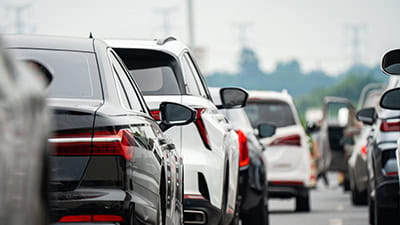
Explore the best methods to prevent road rage in our comprehensive guide.
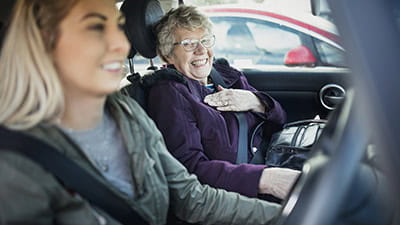
Explore our comprehensive guide to car insurance fraud, where you’ll find detailed insights into the various types and their potential consequences.

Discover everything you need to know about disability car insurance in our detailed and comprehensive guide.
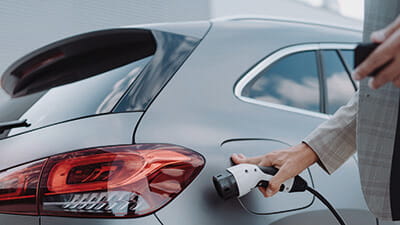
If you’re thinking of driving towards a greener future, here’s what you need to know about electric car insurance.

Your changing priorities matter to us, we’ve got your plans covered with over 60s car insurance.
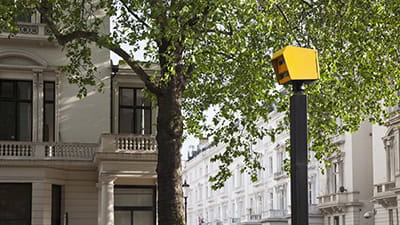
Discover everything you need to know about speed awareness courses and how to qualify for them with our detailed guide.

Discover what tax you pay on car insurance in our comprehensive guide.
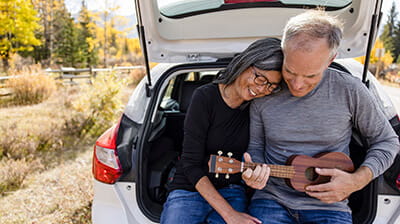
Get to know the ins and outs of our car insurance and how you can make the most of your cover